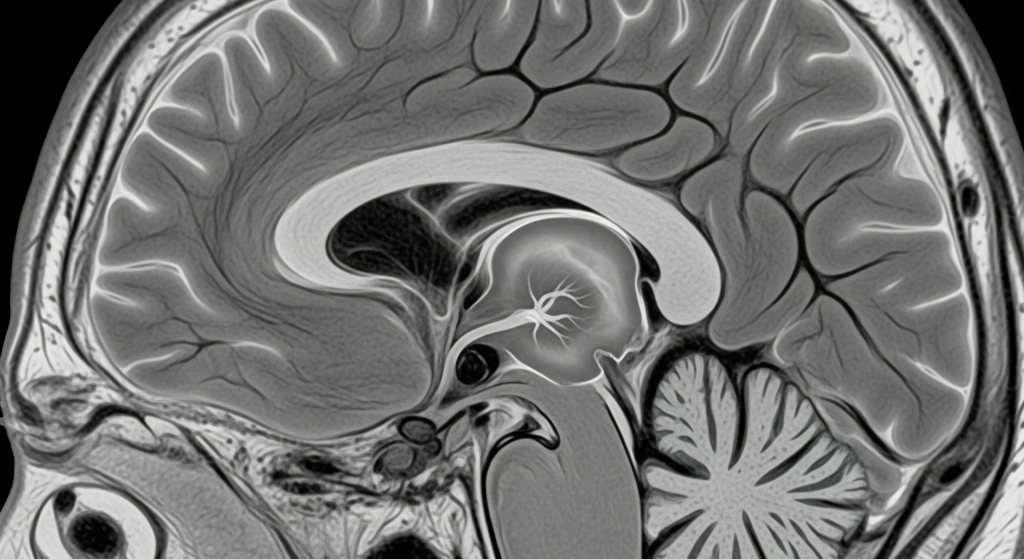
What is a Brain Aneurysm? A Neurologist’s Guide to Understanding Brain Attacks
A brain aneurysm is a weak, bulging spot on the wall of a brain artery, similar to a balloon. While many aneurysms are small and never cause problems, a ruptured aneurysm can lead to a subarachnoid hemorrhage (SAH), a life-threatening type of stroke. This happens when the blood vessel bursts, causing bleeding into the space between the brain and the surrounding protective layers. Aneurysm rupture is a medical emergency that requires immediate medical attention. The sudden onset of a severe headache, often described as the “worst headache of my life,” is a classic warning sign of a ruptured aneurysm.
Diagnosis and The Role of MRI and MRA
Diagnosing a brain aneurysm, especially an unruptured one, is often done through advanced imaging. Magnetic Resonance Angiography (MRA) is a specialized type of MRI scan that provides detailed images of the brain’s blood vessels. This non-invasive technique uses a strong magnetic field and radio waves to create a clear picture of the arteries, allowing a neurologist to identify an aneurysm’s size, shape, and location. For an unruptured aneurysm, a MRA is a crucial tool for both diagnosis and monitoring. If a rupture is suspected, a CT Angiography (CTA) or a traditional cerebral angiography may be performed to confirm the diagnosis quickly.
Understanding Aneurysm Treatment
The treatment for a brain aneurysm depends on whether it has ruptured and its size, location, and risk factors. For unruptured aneurysms, a neurologist or neurosurgeon may choose to simply monitor it with regular imaging scans. If treatment is necessary, two main options are available. Microsurgical clipping involves a surgeon opening the skull to place a small metal clip on the aneurysm’s neck to stop blood flow. A less invasive option is endovascular coiling, where a catheter is threaded through an artery from the groin to the brain, and tiny platinum coils are deployed into the aneurysm to block blood flow. The choice of treatment depends on the specific characteristics of the aneurysm and the patient’s overall health.

What is the difference between a brain aneurysm and a stroke?
A stroke is a general term for brain damage caused by a disruption of blood flow. A ruptured aneurysm is a specific cause of a hemorrhagic stroke, a type of stroke caused by bleeding in the brain.
What are the symptoms of an unruptured brain aneurysm?
Many small aneurysms are asymptomatic and are found incidentally during imaging for other reasons. Larger aneurysms can cause symptoms by pressing on brain structures, leading to headaches, vision problems, or weakness on one side of the face.
How does an MRI detect a brain aneurysm?
An MRA (Magnetic Resonance Angiography) is a specialized MRI scan that focuses on blood vessels. It can clearly visualize the bulge of an aneurysm on the artery wall, providing critical information for a neurologist.
What is the “worst headache of my life”?
This is the classic description of a sudden, severe headache that can indicate a ruptured aneurysm and subarachnoid hemorrhage. It is a medical emergency that requires immediate attention.
What is the role of a neurologist in treating an aneurysm?
A neurologist is a key part of the team. They help in the initial diagnosis, determine the best course of action (monitoring vs. intervention), and manage the patient’s care after treatment and during recovery.
Can a brain aneurysm be prevented?
While you can’t prevent an aneurysm from forming, you can reduce your risk of a rupture by managing high blood pressure, not smoking, and limiting alcohol consumption.
What is the difference between coiling and clipping?
Coiling is a less invasive procedure done through an artery, while clipping is an open brain surgery. The best option depends on the aneurysm’s size, shape, and location.
What are the main risk factors for a brain aneurysm?
Key risk factors include a history of smoking, high blood pressure, heavy alcohol use, and a family history of aneurysms.
Can an aneurysm get smaller on its own?
No. An aneurysm will not shrink on its own. It can remain stable in size, but it can also grow over time, increasing the risk of rupture.
What is “subarachnoid hemorrhage” (SAH)?
SAH is bleeding into the space surrounding the brain, most often caused by a ruptured aneurysm. It is a life-threatening condition that requires emergency medical care.
 English
English
 Türkçe
Türkçe
